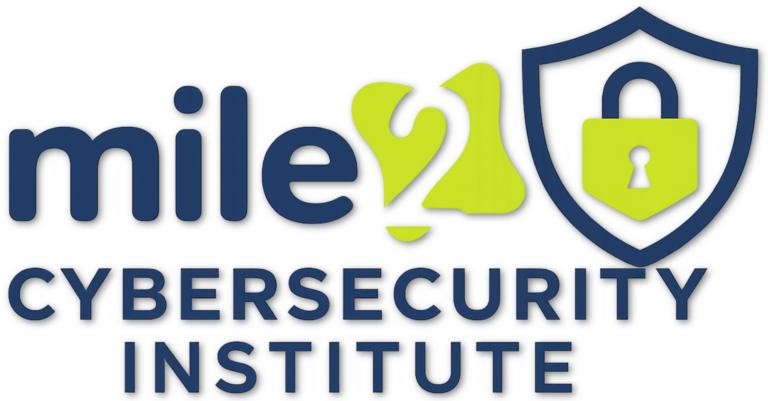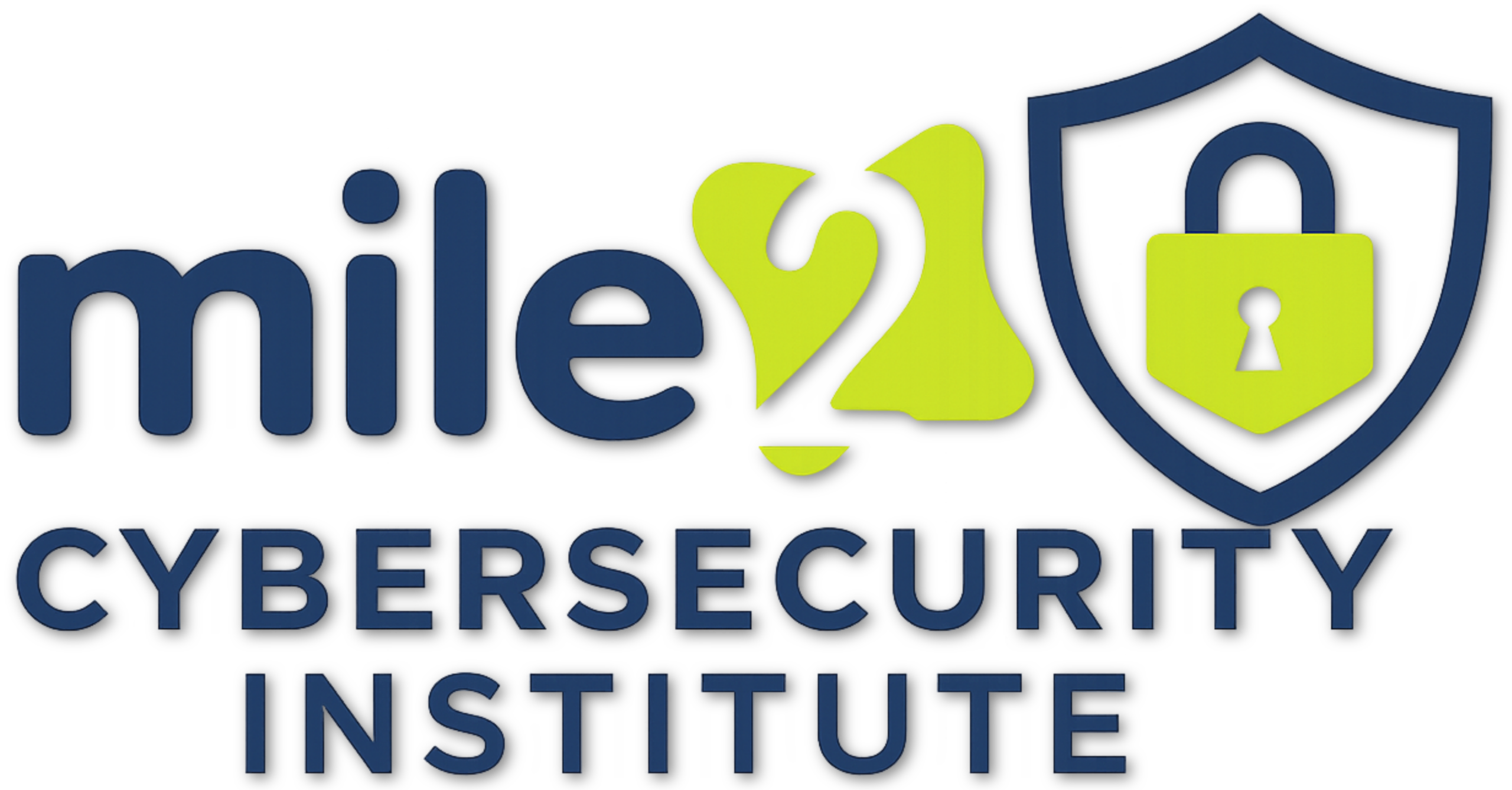OCU C)NP C Week 05 Lesson 09 Discussion
- This topic has 7 replies, 5 voices, and was last updated 7 months, 3 weeks ago by
Trae Johnson.
-
AuthorPosts
-
-
March 29, 2022 at 11:54 am #66072
Jessica Jagerson
KeymasterProvide at least two impressions you had when reading chapter 9, Day to Day Networking.
-
May 6, 2025 at 1:26 pm #105769
Kanthony
ParticipantHi everyone! This is the last week of the course.
This week, you have to read chapters 9 and 10 and watch the videos. Also, complete the week 5 devotional (I love reading these) and discussion questions. Don’t forget to reply to at least 1 other student.
Finally, complete chapters 9 and 10 chapter exams AND the final exam.
Please email me if you have any questions! ~Dr. Anthony
I appoint unto you a kingdom, as my Father hath appointed unto me.
—Luke 22:29
Many people have asked, “Where is heaven?” We are not told in the Scripture where heaven is. Some students have tried to take some Scriptures and put them together and say that heaven is in the north. They quote Psalm 48:2, “The joy of the whole earth is . . . on the sides of the north . . . ” The magnetic needle points north. Perhaps the Celestial City is in the north. We do not know. But no matter where heaven is, it will be where Christ is.Many people ask, “Do you believe that heaven is a literal place?” Yes! Jesus said, “I go to prepare a place for you.” The Bible teaches that Enoch and Elijah ascended in a literal body to a literal place that is just as real as Los Angeles, London, or Algiers! The Bible also teaches that heaven will be a place of beauty. It is described in the Bible as “a building of God”-“a city”-“a better country”-“an inheritance”-“a glory.”
The Bible also indicates that heaven will be a place of great understanding and knowledge of things that we never learned down here.
-
May 9, 2025 at 4:48 am #105843
Erin Kesterson
ParticipantThe two impressions I have took from chapter 9 is that it is a timely thing with learning all the differences in what a network is and what it all contains. Like the differant proxy’s and Protocols. Systems logs and ect that makes up the day to day networks.
The next impression I gotten from this chapter was that it builds a relationship over time with the server and clients to build this trust will help with the day to day networking and be able to build future clients. -
May 9, 2025 at 8:40 pm #105868
Mjulius513
ParticipantWhen I read Chapter 9, one thing that stood out to me was how important it is to check applications and service logs every day. These logs help show if something is going wrong, like a system not responding or a service failing. By checking these logs often, network technicians can fix small issues before they become big problems. It helps keep the network running smoothly and safely.
Another thing I learned was how important disaster recovery is. The chapter explained that things like power outages, hardware failures, or cyberattacks can happen at any time. That’s why it’s important to have a good disaster recovery plan and to keep backups of important data. Having clear steps to follow can save time and reduce stress during an emergency. It also showed me that being prepared and organized is a big part of network management.
-
May 13, 2025 at 12:11 am #105966
Trae Johnson
ParticipantChapter 9 really stresses the importance of being proactive when dealing with network management. It is such a basic sense practice to routinely scan application and service logs because, as you said, it allows technicians to identify and fix issues before they become serious problems. It is like doing preventive maintenance: small issues are resolved before they can cause extensive downtime or security compromise.
I also agree with your comment on disaster recovery. It’s one of those things where it’s easy to overlook until something occurs. Having good plans, clear procedures, and good backups not only protects data but also gives the entire team confidence in case of an emergency.
-
-
May 10, 2025 at 12:01 am #105877
Trae Johnson
ParticipantDaily networking tasks such as service checks and reading service logs are required to maintain the network stable and secure. Constant checks ensure that critical services such as DNS, DHCP, and email are operational, allowing administrators to detect and resolve issues before they become severe problems. Simultaneously, daily service logs provide a perfect audit trail of system activity and events that make trouble-shooting and long-term analysis easy. Together, these procedures form the basis of effective network performance and security, with proactive management and continuous improvement enabled.
Day-to-day networking is also vital to disaster recovery readiness through continuously monitoring, backing up, and configuring systems for rapid restoration. Easy activities such as verifying backup integrity, failover system testing, and maintaining up-to-date network documentation minimize downtime and data loss in the event of failure. Network administrators must also revise and update disaster recovery plans on a continuous basis to account for infrastructure changes and emerging threats. These constant day-to-day endeavors ensure that when an interruption occurs. Be it due to hardware failure, cyber attack, or natural disaster. The network can be reinstated quickly and effectively, preserving business continuity.
-
May 12, 2025 at 8:17 am #105905
Mjulius513
ParticipantDaily network tasks like checking services and reading logs help keep systems running smoothly and securely. They catch issues early and help with long-term fixes. Regular backups, system tests, and updated plans also prepare networks for disasters. These daily steps ensure that the network can recover fast and keep the business running if something goes wrong.
-
-
May 10, 2025 at 12:08 am #105879
Trae Johnson
ParticipantEffective network design relies on foundation design policies that foster scalability, reliability, and manageability. Hierarchical Network Design is an example of such a policy that separates the network into three functional layers: core, distribution, and access. This structure simplifies fault-finding, enhances performance, and allows for easy expansion in the future. The core layer is used to transfer data quickly and efficiently, the distribution layer handles routing and policy, and the access layer is used to connect end-user devices. This multi-level structure provides a modular framework under which it becomes easier to segment and debug issues.
Redundancy and High Availability is yet another important policy, which ensures that the network remains operational even in the event of device or path failure. This is achieved via redundant devices and links, and also by employing protocols such as HSRP and STP. To accompany that is a strong Security Policy, which ensures that the network remains safe from unauthorized entry and attacks. Security measures include the use of VLAN for segmentation, enforcement of access via AAA protocols, and deployment of intrusion prevention system. All such policies combined are the basis for a secure and stable network framework.
-
-
AuthorPosts
- You must be logged in to reply to this topic.


